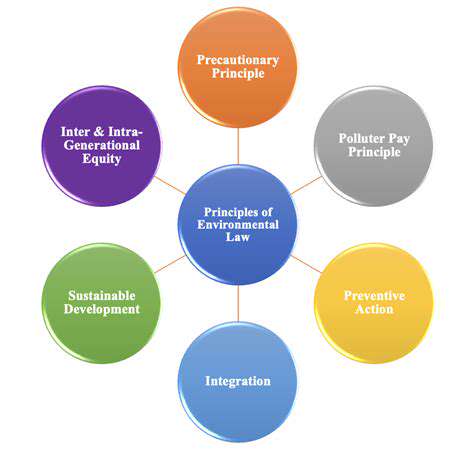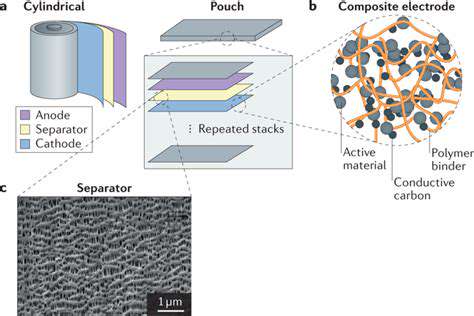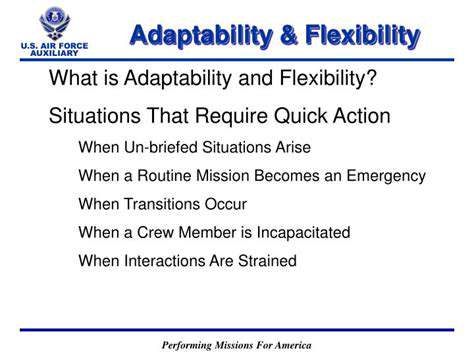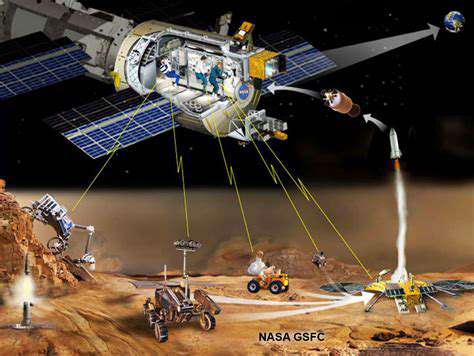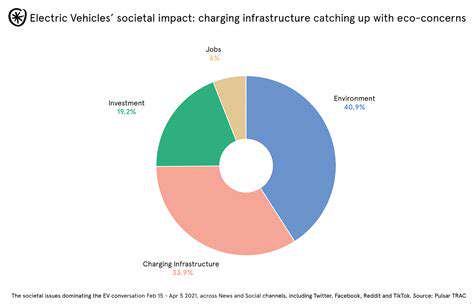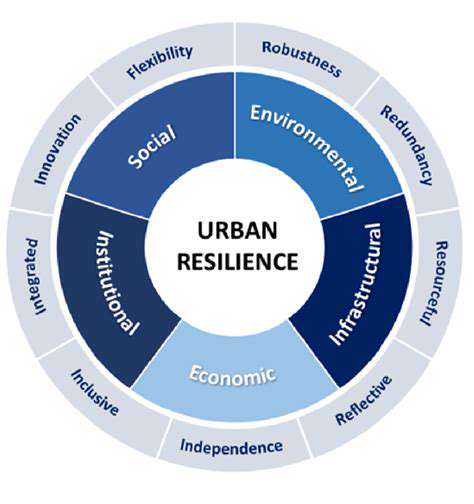Innovative cleanup technologies are entering the testing phase worldwide. These range from harpoons and nets to laser systems that can nudge debris into safer orbits. Japan's recent successful test of a magnetic capture system demonstrates how creative thinking can address this complex challenge.
Sustainable Satellite Design
The space industry is undergoing a quiet revolution in spacecraft architecture. Modern satellites increasingly resemble Transformer toys rather than single-use gadgets, with modular components that can be replaced or upgraded in orbit. This shift towards serviceable designs could extend satellite lifetimes by decades while dramatically reducing space junk.
Materials science plays a crucial role in this transformation. New alloys and composites withstand radiation better while innovative propulsion systems use fuel more efficiently. Perhaps most importantly, deorbiting mechanisms have evolved from afterthoughts to central design features, ensuring every new satellite comes with its own exit strategy.
Resource Management in Space
Space resource management resembles a high-stakes camping trip where every ounce counts. Engineers have developed remarkable conservation techniques, like using waste heat to power systems or recycling water with near-perfect efficiency. The emerging field of in-situ resource utilization could be a game-changer, turning asteroids and lunar soil into orbital gas stations and construction sites.
International Collaboration and Standards
The space community has learned hard lessons about the need for coordination. When multiple countries launch thousands of satellites without coordination, the results resemble a celestial traffic jam. Recent agreements show promise, like the Artemis Accords establishing rules for lunar exploration. Shared tracking databases and collision avoidance protocols are becoming the norm rather than the exception.
Transparency and Accountability
Space agencies are adopting an open skies philosophy regarding orbital operations. Live-tracking websites now allow anyone to monitor active satellites, while automated collision alerts help prevent accidents. This cultural shift towards openness helps build trust between spacefaring nations and commercial operators alike.
Mitigation of Orbital Debris: A Critical Imperative
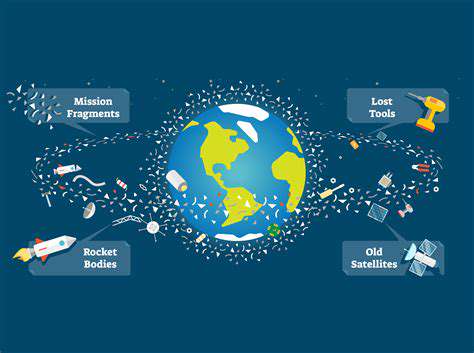
Orbital Debris: A Growing Threat
The ever-expanding cloud of space junk now presents what military strategists call a clear and present danger to all space operations. A single collision can spawn thousands of new debris pieces, creating a cascade effect that could render entire orbital regions unusable for generations. The 2009 Iridium-Cosmos collision provided a sobering preview of this scenario, creating over 2,000 trackable fragments.
Mitigation Strategies: Proactive Approaches
Debris mitigation has evolved from theoretical discussions to concrete action plans. Modern satellites now incorporate design for demise principles, ensuring components burn up completely during reentry. International coalitions have established guidelines requiring operators to remove satellites within 25 years of mission completion. Some companies now offer space tug services to actively deorbit defunct satellites.
Technological Advancements: Innovative Solutions
The debris tracking field has seen remarkable progress. New radar systems can detect objects as small as 5cm in low Earth orbit, while machine learning algorithms predict collisions with increasing accuracy. The upcoming deployment of the Space Fence radar network will provide unprecedented surveillance capabilities, spotting potential impacts days in advance.
International Collaboration: A Shared Responsibility
The global nature of the debris problem demands global solutions. Recent years have seen the creation of the Space Safety Coalition and similar groups fostering cooperation between government agencies and private companies. These partnerships combine resources for tracking, share collision warnings, and develop standardized mitigation techniques. The next frontier involves creating legally binding international agreements on debris reduction.
Resource Management in the Vastness of Space
Planning for the Future: Proactive Resource Management
Advanced planning for space resources resembles a cosmic version of homesteading. Visionary planners are mapping out resource utilization strategies decades in advance. Some propose creating orbital depots where mined asteroid materials could be processed and stored. Others envision lunar bases producing rocket fuel from ice deposits. These plans represent a fundamental shift from Earth-dependent to space-sustained operations.
Efficient Utilization of Existing Resources
Spacecraft designers have become masters of efficiency, squeezing every possible use from each gram of material. The International Space Station recycles about 90% of its water and has demonstrated advanced life support systems that could sustain deep space missions. New 3D printing technologies allow astronauts to manufacture tools from recycled materials, reducing resupply needs.
Developing Novel Resource Extraction Methods
Breakthroughs in space mining could revolutionize resource availability. Robotic prospectors might one day extract platinum from asteroids or harvest helium-3 from lunar soil. Recent tests of regolith processing on the Moon's surface suggest these technologies are moving from science fiction to practical engineering. The key challenge lies in developing energy-efficient extraction methods that work in microgravity.
International Cooperation for a Shared Space Environment
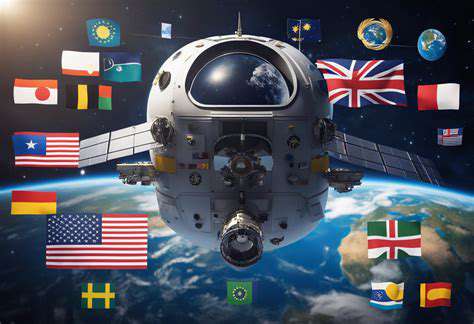
International Collaboration in Global Challenges
Space cooperation provides a model for addressing planetary-scale challenges. The International Space Station demonstrates how former rivals can work together on ambitious projects. This model could extend to other areas like climate monitoring, where shared satellite data improves weather prediction and disaster response worldwide.
Economic Interdependence and Trade
The space economy increasingly resembles a global marketplace. Companies from different nations now routinely collaborate on satellite constellations and launch services. This economic interdependence creates incentives for peaceful cooperation. Emerging space resource industries may require new trade frameworks to manage off-world materials.
